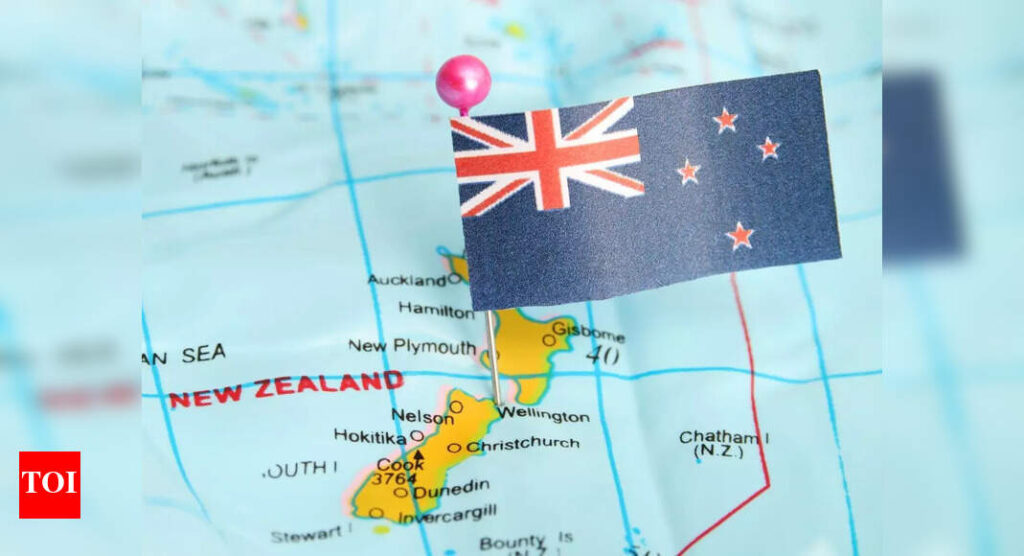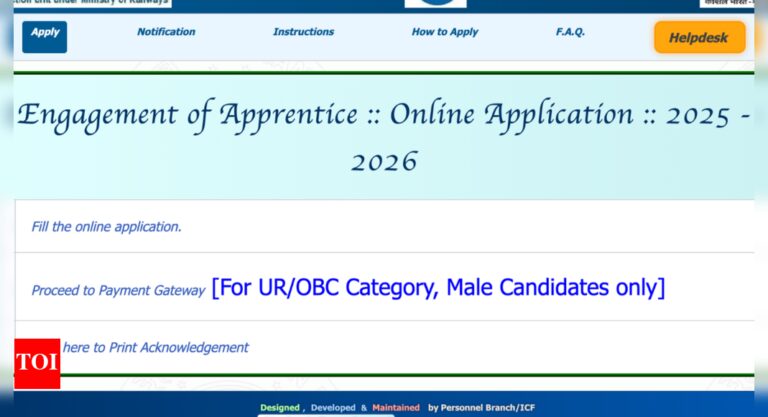
New Zealand is aiming to double the size of its international education sector by 2034, banking on a growing global shift in student mobility caused by restrictive policies in the United States and Australia. The government on Monday announced a set of regulatory changes designed to make the country more attractive to foreign students and lift the sector’s contribution to NZ$7.2 billion over the next decade.Education Minister Erica Stanford said as reported by Reuters, “With international student enrolments steadily increasing since 2023, the government wants to supercharge that growth track.”At present, international education adds NZ$3.6 billion to New Zealand’s economy. The target is to grow enrolments from 83,700 this year to 105,000 by 2027 and 119,000 by 2034.
Policy shift aims at global displacement
As part of the new approach, the government will raise the weekly part-time work limit for eligible international students from 20 to 25 hours. It will also extend work rights to all tertiary-level students participating in approved exchange or study abroad programmes.Officials expect these changes to enhance New Zealand’s appeal at a time when some major study destinations are imposing limits on foreign student intake.
Competing nations pull back
The policy shift comes against the backdrop of tightening restrictions elsewhere. President Donald Trump had intensified scrutiny of student visas, particularly for Chinese nationals. In May, the White House moved to revoke Harvard University’s authority to enroll international students, a decision later blocked by a federal judge.Australia has also introduced a national cap on new international student enrolments, limiting them to 270,000 for 2025, citing pressure on housing and infrastructure.New Zealand’s policy is seen as a direct response to these developments, aiming to capitalise on demand displaced by tougher regulations in larger markets.
Focused recruitment in strategic regions
The next phase of the plan involves targeted recruitment in growth markets. “In the short term, Education New Zealand will focus its promotional efforts on markets with the highest potential for growth,” Stanford said, though specific countries were not named.Analysts expect the government to look toward regions such as South Asia, Southeast Asia, and Latin America, where outbound student numbers remain strong and competition from other countries is expected to ease.
Growth ambition faces practical tests
While the policy offers a clear path to expansion, questions remain around infrastructure readiness. Housing availability, student support services, and labour market absorption will be key to ensuring the sector can scale without compromising quality or experience.The government’s broader strategy, recently bolstered by visa reforms for digital nomads and investors, suggests it is leaning heavily on international engagement to stabilise its economic trajectory.If successful, the education plan may not only expand a key export sector but also reposition New Zealand as a top-tier destination for students left in limbo by policy shifts in Washington and Canberra.







